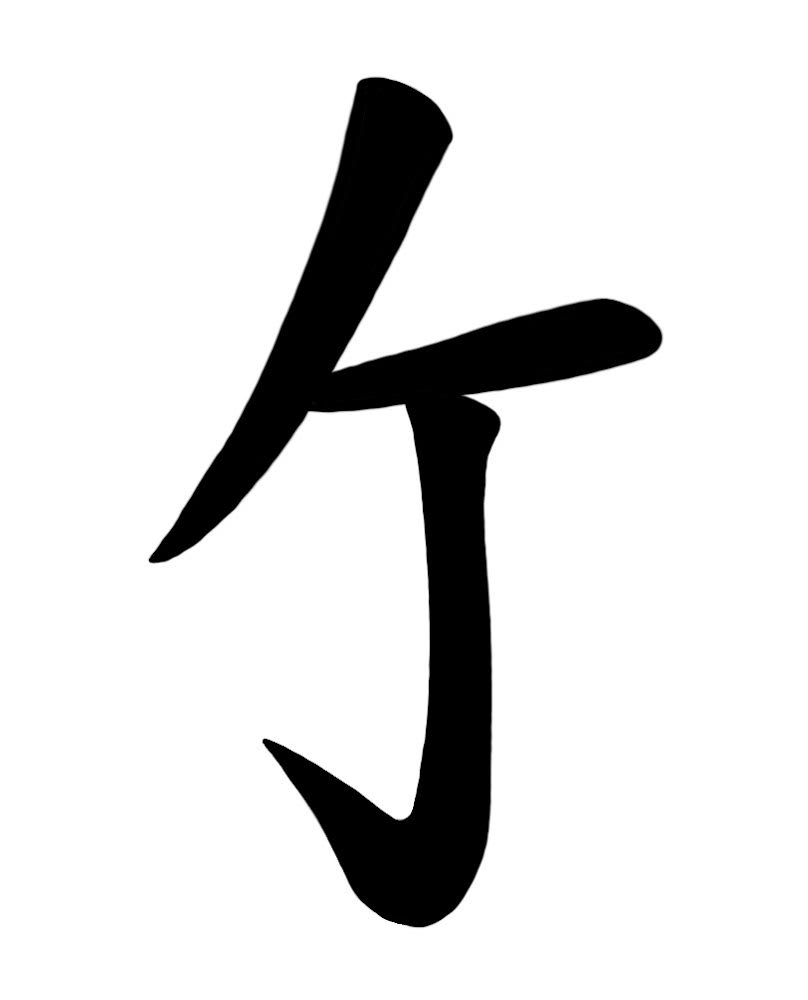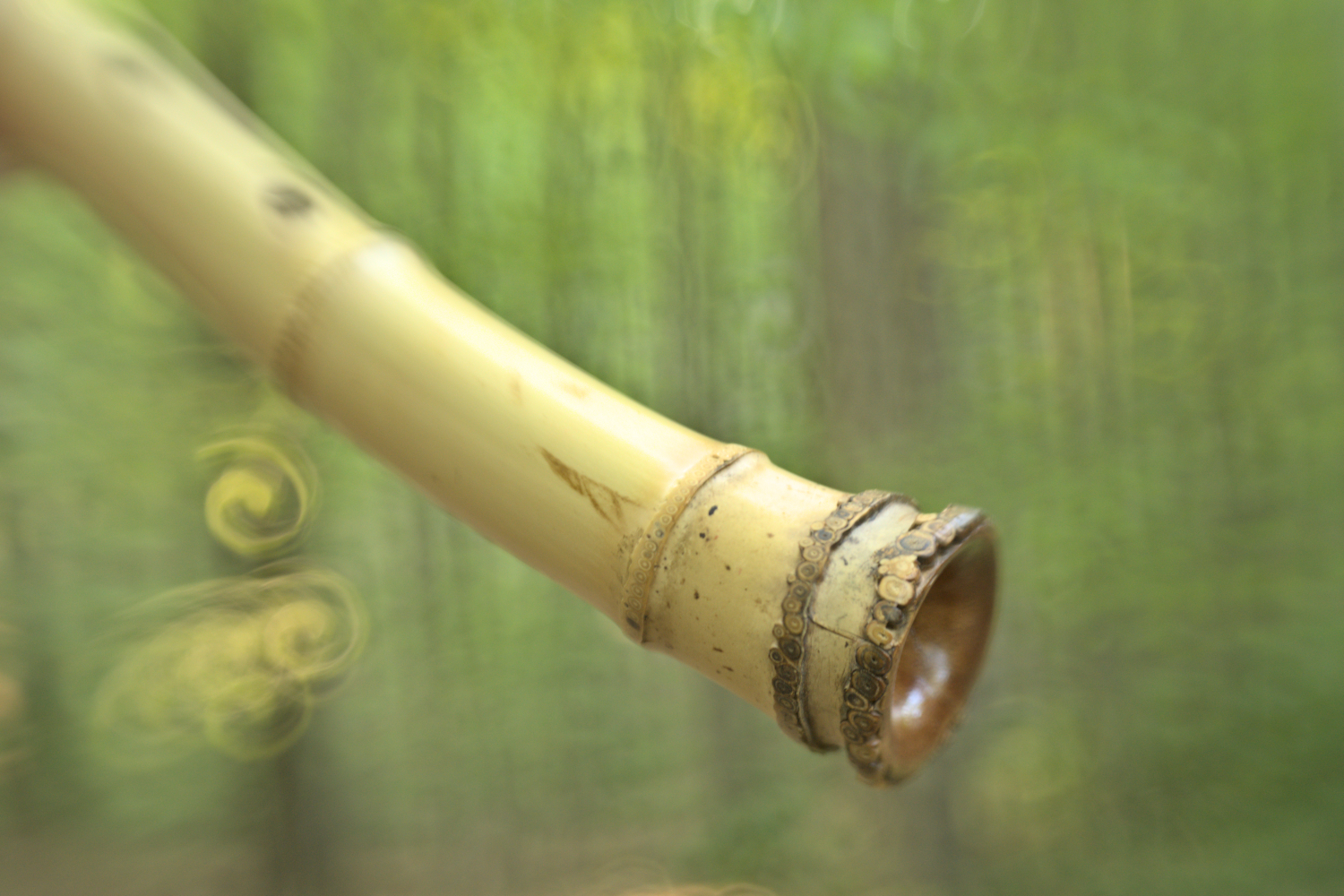Shakuhachi bore sizes: wide, medium, and narrow – a ratio of volume to length
When exploring shakuhachi, you’ll encounter discussions about differing bore sizes for a given length or key. These can range from “wide” to “medium” to “narrow,” with many degrees in between. It’s crucial to understand that “wide bore” doesn’t simply refer to a wide mouth or top inner diameter. Instead, it denotes the total inner volume of the bore relative to its length. (Inner volume as in how much water a shakuhachi can hold.)
Wide Bore Shakuhachi
Wide bore shakuhachi produce a lower, more bass-heavy sound with fewer prominent overtones. They demand greater effort to resonate, particularly in Kan (second register), requiring more breath and player exertion than medium or narrow bore instruments.
- Sound Profile: Favor Otsu (first register), which resonates deeply. The Kan register, by contrast, often sounds smaller and weaker. Dropping the bore ratio too low can even result in losing Kan notes entirely, or even some Otsu notes, ultimately providing access only to the Otsu register.
- Player Experience: Best suited for those who truly love bass and like to feel the tone resonating more than hear it projecting outwards.
- Audience Perception: In recordings, or for listeners more than five feet away, this deep bass feeling is often lost unless audio levels are carefully adjusted and amplification is used. Without amplification in a live setting, an audience further away may perceive only the sound of increased airyness, which can be a matter of taste.
- Technique: Wide bores tend to produce muraiki (the rough, turbulent, airy breath technique) with greater ease.
- Finger Holes: An 11mm finger hole on a wide bore is acoustically smaller and quieter than the same size hole on a narrow bore, making them sound comparatively “stuffy” or muted.
- Common Descriptions: “Bassy,” “natural,” “breathy,” “deep,” “nasally,” “rough,” or “fuzzy.”
Medium Bore Shakuhachi
Medium bore shakuhachi typically offer the greatest range and flexibility across both the Otsu and Kan registers. They embody a balance between these two primary registers, which many consider the essence of the shakuhachi.
- Balance: Provides optimal versatility and harmony between the first and second registers.
- Perception: Because they occupy the middle ground, some players might find them less “bold” or “lukewarm” (neither as “bassy” as wide bores nor as “brassy” as narrow bores).
- Common Descriptions: Often described as having the most “warm,” “woody,” or “classic” sound or tone color.
Narrow Bore Shakuhachi
Narrow bore shakuhachi are often associated with human-made bores (e.g., Jiari or Jinuri), though narrow bore Jinashi and Jimori bamboo flutes also exist, they’re less common.
- Register Access: Provides greater access to Dai Kan (third register) notes. However, this comes at the cost of reduced range in the Otsu and Kan registers; there is no way to avoid this trade-off. (Extreme constriction can lead to notes outside the human hearing range, like a “dog whistle.”)
- Sound Profile: Produces a more complex, overtone-rich sound with a higher “treble” presence. This sound is often perceived as more “musical” or “human” and less “naturally occurring” (a philosophical discussion).
- Player Experience: Generally easier to play loudly, though this can also make them feel “testy” or overly sensitive for some players or situations.
- Common Descriptions: “Brassy,” “cutting,” “metallic,” “crystalline,” or even “electric.”
Choosing Your Shakuhachi Bore Volume or Ratio
Ultimately, the ideal ratio of bore volume to length is a matter of personal preference, playing style, and the demands of the musical situation. By understanding the unique characteristics of each bore type, you can make a more informed choice and enjoy the distinct advantages they offer.

